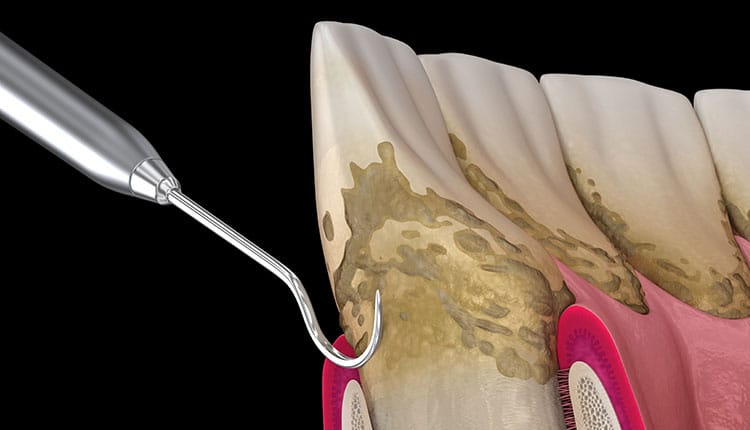
Patient acceptance depends on many factors, including patient needs and willingness to partner in their care, as well as clinician communication about disease etiology and care planning. Therefore, each interaction is a unique communication between patients and providers.
Photo Credit: alex-mit / iStock / Getty Images Plus

Patient Motivation
Finding discussion points that motivate the patient—such as finances, time, health, quality of life, or esthetics—is key to success. If motivating factors are not easily identified, ask the patient what would motivate him/her to seek care and adhere to maintenance. Also, ask about competing priorities (cost for children’s orthodontic care) or barriers (child care). For example, if the patient is concerned about missing work, the dental hygienist could present options, including two long appointments, four short appointments over the patient’s lunch hour, or care scheduled over multiple months. If the patient is skeptical due to fear of pain, discuss pain management strategies early in the appointment. If finances are a motivating factor, assure the patient that various payment plans are available.
Photo Credit: alex-mit / iStock / Getty Images Plus

Periodontitis 411
Discussing the infectious state in the oral cavity provides the patient with an understanding of periodontitis. In addition, sharing information about the patient’s type of periodontitis, health history, and oral conditions is paramount. For example, does the patient understand the connection between periodontitis and diabetes or rheumatoid arthritis? Another important aspect of compliance is identifying the chronic nature of periodontitis. Explaining the progression of nonsurgical care from SRP, to reevaluation, to periodontal maintenance helps the patient understand the commitment needed to control this disease.
Photo Credit: alex-mit / iStock / Getty Images Plus

Gold Standard
Patients might not know that SRP is the gold standard for treating active periodontitis, and that this care is therapeutic, not preventive. Within nonsurgical care, the patient can be presented with many options for self-care, treatment planning, instrumentation, adjunct therapy, reevaluation, and maintenance. These options permit the patient to be a partner in care planning and case acceptance, while providing autonomy about choices for periodontal care.
Photo Credit: alex-mit / iStock / Getty Images Plus

Collaboration and Cooperation
Social skills such as service orientation—including sensitivity to the patient’s oral condition and needs, providing quality and personalized care, and explaining information and answering questions—are also important in gaining compliance. Collaboration and cooperation are defined as involving patients in decision making and collaborating with patients to reach goals while displaying a positive, kind attitude. Empathy, influence, and leadership are other social skills that relate to achieving compliance.
Photo Credit: anatoliy_gleb / iStock / Getty Images Plus

Team Work
Involving team members in compliance may also be beneficial. The person who makes the initial appointment could mention prophylaxis vs SRP, costs, and that the dental hygienist will discuss the best option for care. Therefore, the patient is prepared for an individualized discussion before entering the operatory. Also, a team dentist or dental hygienist could verbally support the dental hygienist’s care plan presentation. Lastly, written or electronic educational material about SRP could be developed for patients to review. Smartphone applications might add value here as well.
Photo Credit: Lorado / E+

Patient Involvement
Involving the patient in decision making as a partner should enhance commitment. The provider is not the distributor of knowledge but rather the one sharing information, asking questions, and making suggestions. Reviewing the Dental Hygiene Human Needs Conceptual Model, motivational interviewing, Client Self-Care Commitment Model, and patient-centered care could help enhance compliance. Also, maintaining confidence in recommendations is vital, which is developed through using peer-reviewed evidence and experience with case presentation.

